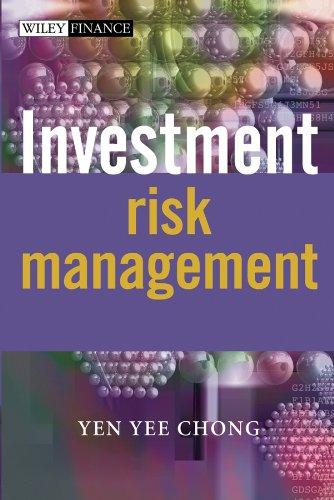Question
The new factory to build small boat motors would last approximately 20 years and could produce approximately 25,000 units per year. The land would cost
The new factory to build small boat motors would last approximately 20 years and could produce approximately 25,000 units per year. The land would cost $1,250,000 and the building $6,400,000. Production equipment worth $7,900,000 would also have to be acquired. It is estimated that the land will be worth $2,750,000 and the building $1,350,000 in 20 years in todays dollars. The equipment will have a negligible salvage value. The building is subject to a CCA rate of 4 per cent and the equipment a rate of 20 per cent. The building is amortized separately in its own pool for tax purposes.
Additional net working capital will be required to support this project. The NWC Turnover Ratio for this new operation is expected to be six based on quarterly sales.
Sales are estimated to be 9,000 the first year, but will grow at 12 per cent a year till the end of Year 10 before levelling out. Sales will grow at two per cent a year after that reflecting general growth in the industry. Major increments in capacity are not economical due to the nature of the production process, but the company feels production could be increased to as much as 32,000 units with improvements in work methods. Sales of outboard motors are seasonal and are expected to follow the pattern below:
| January March | 10% |
| April June | 50% |
| July September | 30% |
| October December | 10% |
Small boat motors would be sold through the same retailers that carry snowmobiles and jet skis. The selling price will average $2,550 per unit. The cost of goods sold are expected to be $2,200 per unit. Non-traceable factory costs are expected to be $590,000 per year and an additional $205,000 in administration costs related to the new plant will be incurred at head office annually. No new sales staff will be required, but sales people will receive a commission equal to 15 per cent of the gross profit on each unit. It is expected that prices and costs will increase by the inflation rate over the life of this project.
To remain up-to-date with technology, a major overhaul of the product will have to be done at the end of the tenth year. R&D costs of approximately $110,000 each year will be incurred prior to the introduction of the new model, and a $1,300,000 overhaul of the production equipment will be undertaken near the end of Year 10 and will not interfere with factory production. The new equipment will be in the same CCA class as the other production equipment, and the R&D costs will qualify for a 15 per cent investment tax credit each year.
Cost of Financing
RRM has a corporate cost of capital of 10 per cent which will be used to evaluate the small outboard motor project because of its similarities with existing RRM products. The excavator projects cost of capital will be 13 per cent based on a pure play analysis of companies in the new industry. This cost of capital will be increased by a further 2 per cent to reflect higher project risk due to RRMs lack of experience in the new industry.
Company policy is to fund all growth with retained earnings and debt. The rationale is that retained earnings are cheaper than issuing new equity and the founding family of RRM wants to maintain control over the business their ownership stake is currently 55 per cent. The company has not issued new equity in over 20 years, although in some years they have had to delay positive NPV projects due to a lack of retained earnings. RRM generated approximately $10,000,000 in retained earnings last year and has a target long-term debt to total capitalization ratio of 50 per cent.
Growth Estimates
Solomons team is uncertain of some of its sales estimates and realizes small differences will have a major effect on the NPV of each project. To deal with this uncertainty, the team has decided to conduct scenario analysis based the data below:
|
| Worst-Case Scenario | Most-Likely Scenario | Best-Case Scenario |
| Excavators |
|
|
|
| Initial sales | 2,200 units | 2,900 units | 3,600 units |
| High-growth phase | 15.0% | 18.0% | 21.0% |
| Stable-growth phase | 1.0% | 2.0% | 3.0% |
| Small Boat Motors |
|
|
|
| Initial sales | 6,750 units | 9,000 units | 11,250 units |
| High-growth phase | 9.0% | 12.0% | 15.0% |
| Stable-growth phase | 1.0% | 2.0% | 3.0% |
Step by Step Solution
There are 3 Steps involved in it
Step: 1

Get Instant Access to Expert-Tailored Solutions
See step-by-step solutions with expert insights and AI powered tools for academic success
Step: 2

Step: 3

Ace Your Homework with AI
Get the answers you need in no time with our AI-driven, step-by-step assistance
Get Started


